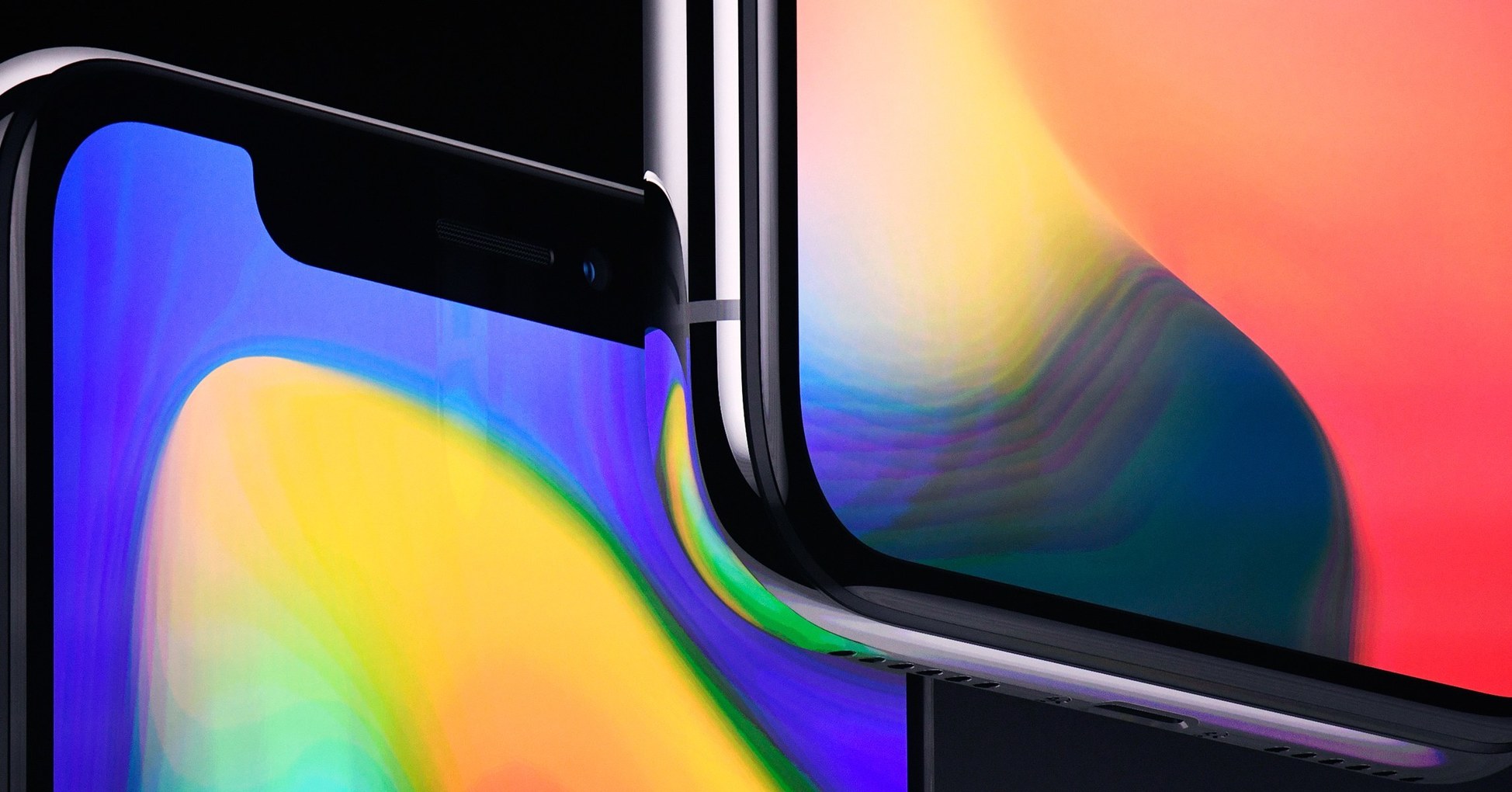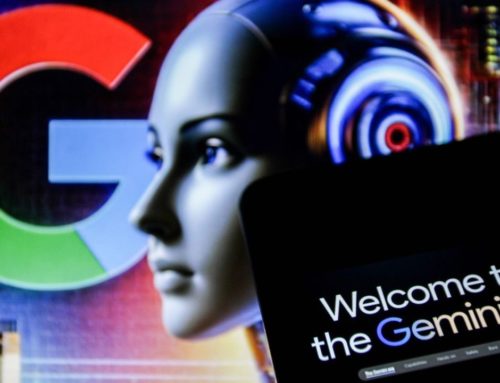THE NEW IPHONE X packs more new stuff into any device since the original iPhone. It’s the most complete redesign of the product ever and even offers a glimpse at what the iPhone might become when the world no longer wants smartphones. Of course, you probably won’t buy one. Even if you can afford the super high price, getting your hands on an iPhone X in the next few months will be like hunting for the holy grail. Except in this case, the fancy one is the right answer.
Today, at an event in Cupertino that doubled as a grand opening of its new spaceship of a campus, Apple launched three new iPhones. Yes, three. The iPhone 8 and 8 Plus upgrade the existing models without completely changing them. (More on those in a second.) The third model, the iPhone X, is another thing entirely.
Meet the X
First of all, the X looks like no other phone. It doesn’t even look like an iPhone. On the front, it’s screen head to foot, save for a small trapezoidal notch taken out of the top where Apple put selfie cameras and sensors. Otherwise, the bezel around the edge of the phone has been whittled to near-nonexistence and the home button disappeared—all screen and nothing else. The case is made of glass and stainless steel, like the much-loved iPhone 4. The notched screen might take some getting used to, but the phone’s a stunner. It goes on sale starting at $999 on October 27, and it ships November 3.
The screen itself, called a Super Retina Display, is a 1125×2436 OLED display reportedly made by Samsung. It’s the first time Apple’s used OLED tech in an iPhone, and it offers some big advantages. On a normal LCD screen, even black pixels are lit up a bit, which means you’re never seeing true black—just really dark gray. OLED, on the other hand, can light some pixels but not others, which means black pixels just stay off. Your dark colors will seem much darker, other colors even richer, and even text becomes more pleasant to read. Apple’s also incorporated its TrueTone technology for white-balancing the screen in different conditions, which should make everything look even better.
Since there’s no room for the home button on the front, a bunch of the feature’s functions have been moved to the power button, which Apple’s apparently calling the “side button” now. Long-press it for Siri, double click for Apple Pay. There’s still a little tactility in this phone, even as it becomes little more than a pane of glass.
Even with the huge screen, the iPhone X more closely resembles the iPhone 7. The iPhone’s screen-to-size ratio was always one of the smallest in the industry, thanks to the home button and Apple’s undying love for design symmetry. Getting rid of the home button allowed Jony Ive’s design team to get rid of so much more—just imagine your iPhone 7, but everywhere there’s metal, imagine screen. That’s the iPhone X.
Like the other two phones, the iPhone X runs Apple’s latest processor, the A11 Bionic, along with 3 gigs of RAM. It’s been years since the iPhone wanted for processing power, but the iPhone X might need all it can get. It has to power all that screen, for one thing, but Apple also seems to have created the iPhone X as a foray deeper into both artificial intelligence and augmented reality. Both require serious horsepower.
The iPhone X’s stated battery life has improved—Apple says it lasts two hours longer than the iPhone 7—and so has its charger. After years of observing the Android ecosystem’s messy and multi-standard embrace of wireless charging, Apple’s finally in the game. You won’t have to plug your X into the wall to charge it; you’ll just lay it down on the inductive pad. Apple is adopting the Qi standard, so it will work with current Qi pads by companies like Mophie and Belkin. Apple is also releasing its own charging accessory called AirPower that has room for your iPhone and your Apple Watch.
Sourced through Scoop.it from: www.wired.com








Leave A Comment